Utilising the CryENGINE 3, the multiplatform FPS Crysis 2, is the sequel to Crytek’s PC-exclusive shooter, Crysis. The Crysis whingers have been well documented. The ones that believe that Crysis has been given a lobotomy to fit in with the console market? Ignore them. While some aspects of the shooter do conjure up thoughts of past games, it brings a breath of fresh air to the FPS genre’s stank filled pub.
Vitals
Title: Crysis 2
Developer: Crytek/Publisher: Electronic Arts
Platform: PS3, 360 and PC.
Available: Now
The story takes place in a devastated New York City, three years after the events of Crysis. Its the year 2023 and humans are dead or dying in the streets from a flesh melting plague, the “Manhattan Virus.” Amongst the skyscrapers, Alien forces – the Ceph – are battling against the humans for global dominance. Players take the role of Force Recon Marine “Alcatraz,” who is unwittingly put into the Nanosuit 2.0 after a failed extraction mission. So Alcatraz finds himself in a fancy new suit in the middle of New York City with two forces dying to get their hands on him: the Ceph and terrestrial CryNet Systems army, Crynet Enforcement & Local Logistics (CELL). CryNet are particularly interested in Alcatraz because they think he is “Prophet” – the supporting protagonist from the first Crysis – and they want the Nanosuit.
The plot is standard video game fair, it doesn’t pretend to do anything ground breaking and it has no illusions about what it is. Think if Snake Blisken was put smack in the middle of New York, with some aliens thrown in for some extra zing, and you have the games main plot artery – minus the mullet. The story telling was similar to that of Half Life’s. It isn’t as good but it had similarities that I won’t delve into for fear of revealing too much. The storyline was easy to follow but left me pondering for a few moments at the end, mentally tying all the facts together.
The suit had three main attributes: sprint, armor and stealth. If used too liberally, each attribute will drain your suits power faster than a box of wine at a bogan’s house party. For instance, cloak drained power faster the quicker you moved, and shooting while cloaked drained power completely. Some good techniques was to de-cloak right before taking a shot, and cloak straight after taking the shot. “Pockets of safety” would need to be sought out every minute or so when out of cloak to recharge the suit. I generally activated armor when a frag detonated close by, when an enemy was engaged head to head, or when a large drop was executed.
The nano suit and weapon upgrade menus were very elegant and easy to access. Press and press-hold start, to bring up the suit and weapon upgrade systems, respectively. The suit had four upgrade paths, each with three attributes – only one of those three attributes can be activated at a time. You unlock suit upgrades with alien DNA, that gets picked up from dead aliens. I only had to walk over the DNA to pick it up, rather than doing that annoying walk over and press ‘a’ to dance. That made me very happy. Suit and weapon upgrades can be switched out to harmonize with the shifting combat situations or players style.
Weapon unlocks included different sights, silencers etc. The weapons felt satisfying to use, especially against humans, but a few made me feel like I was shooting spit balls at the aliens due to their physical superiority. The weapons had good “weight” with great reload animations. Added details, like the sniper scope border, really jazzed things up.
Stealth kills or remaining in stealth while in a combat situation removed my reliability on weapons – I only used them out of curiosity or to cause mindless destruction. Being short of ammo was never a problem as ammo drops were frequent and the enemies dropped loads of ammo. The tank controls felt a bit awkward, very weird utilizing the bumpers to shoot rather than the triggers. Another thing I found inconsistent about the tank was that it could push over cars but not a lamp post.
Generally, the gameplay consisted of periods of high intensity enemy contact and then breaks with traversal and exploring. These breaks gave me a good chance to appreciate the environment and allowed the story to progress. The structure of Crysis 2, unlike the first, is linear. Done away is the sand box nature, and in with the linear, get from point A to point B. However, unlike most other linear shooters, Crysis 2 gives you options to progress through those points.
You have options to go about a combat situation; stealth kills, circumvent altogether using stealth, or Rambo your way through a level. Once you approach an enemy-infested area, a reminder will be voiced to look at your strategic options using your visor. Your visor will highlight key vantage points and suggestions of how to dispatch enemies in that particular level (e.g. snipe, stealth kill etc). I only used the strategic highlights a couple of times to get the gist of what it was about, but the visor came in handy to flesh out ammo drops and enemy positions.
I favored the stealth route and silent kills, mainly because it was more thrilling to do so than the usual run and gun. This was surprising because I’m not usually a stealth fan. The downfall to sneaky route is that less aliens are killed, which means potential credits for suit upgrades are missed out on. Generally, you could usually tell what enemies would be encountered by the environment; CELL for corridors and building interiors and Ceph for open spaces.
Humans, when the AI did work, will report a squad mates death, converge on your last position and will sometimes call in for reinforcements. I witnessed a few occasions where human enemies got stuck on barriers or inexplicable geometry, or they were stuck in their walk cycles looking at the ground. On one occasion, three humans got stuck on the same piece of geometry and died at the same time through no action of mine.
Aliens will break rank and investigate your position, but will lose interest if you cloaked and moved position fast enough. Aliens were easy to dupe and coral when the terrain was just right. For instance, there was a broken down school bus that I jumped into. The aliens couldn’t get into it because of their bounding boxes, so they all just crowded around the bus. It was like shooting fish in a barrel.
The Crysis 2 multiplayer, developed by Crytek UK, features six gameplay modes and 12 New York City maps. All maps and modes are unlocked for local play and private matches. However, points accrued do not carry over to the player’s online profile. I loved the Crysis 2 multiplayer – the Nanosuit stealth and armor attributes bring new facets into play. Sure, other shooters have brought stealth into multiplayer games, but I haven’t been this head over heels about invisibility since Quake. The cloak won’t fool online players; you can see it clearly, especially if someone is moving quickly. Yet, there are many ways to use it effectively in an online game. In more ways than one, Crysis 2 multiplayer evoked memories from Perfect Dark Zero multiplayer. Maybe it was something about the map design, the pacing, or the hide and seek nature of the matches.
Load times of mission were noticeably longer than other shooters, but it was a trade readily accepted for the brilliant textures and environments. The textures are gorgeous in 1080 p, pushing the limits of the 360. I thoroughly enjoyed being in the destroyed and desolate New York environment. The game will take you through some breathtaking environments from huge freight ships rammed into sky scrapers, to rooftop gardens, to being on a highway during an earthquake.
The world was furnished in such detail that it fleshed the environment out: discarded items, equipment, and yellowed missing posters (presumably of the dev team). You could interact with almost everything – from laptops, radios, bins etc. However, there are a few inconsistencies. Shooting alien biohazard left goop on screen, however shooting dying people didn’t elicit a thing – probably because shooting helpless dying people to bits would grate some countries rating boards. I was thoroughly disappointed that the little insectoid creatures didn’t explode when shot.
The artists left a lot to be implied when it came to the dying and dead civilians. For instance, the models did the motions of throwing up blood onto an already bloodied patch on the floor, but there were no fluid dynamics involved. Animated textures gave the effect that bodies were melting and organs exposed, which was effective. Also, there were only a few different civilian character models used throughout the game.
Overall, the Xbox handled the game brilliantly, but there were missteps. I noticed some pop-in and lighting issues. Major frame rate issues were non-existent, it was smooth sailing. Other details, like the characters’ shadows were well-done and mirrored the movement of each character, making things look very natural. The aliens great and were intimidating close up when first encountered, but dead and inanimate aliens weren’t as striking due to what looked like to be bad anti-aliasing around the head tentacles.
There were also some physics and clipping hiccups. Generally, the guards feet weren’t grounded correctly when they walked and this was especially apparent when they side stepped, which made them look like they were skating. The Ceph were seen walking about a foot off a solid surface and dead bodies would get stuck on a cliffs geometry and get stuck in mid air, leaving floating bodies. The physics would have moments of roughness. Sometimes the impact of a bullet would throw a baddie back in an unbelievable way. There were a few places that I needed to get behind to recharge my suit but couldn’t, like between a wall and a car that could hide least two or three men.
Gunfire audio was brilliant the way it echoed around the skyscrapers. However, nothing brilliant should be expected from the dialogue (i.e. the line “this conversation is over” was used, and that made me cringe and laugh at the same). I think the “cloak engaged” activation dialogue could have been dropped. After awhile, the thrilling predator-like noise and cloaking visuals were enough. A few audio bugs were encountered in the campaign and the multiplayer. In one combat section, a constant digital hammering was apparent – it wasn’t intentional because no other audio could be heard. Other times; there were phantom footsteps; another time, the screams from a helicopter crash well-after the event. In some multiplayer games, only footsteps of other players could be heard — no gun shots or ambient noises.
Crysis 2 had many similarities to other games, be it through homages or a few ideas inspired from blockbuster games, such as Halo or Call of Duty. There was a cut scene after one gun fight that was hard to dismiss as a tip of the hat to Bioshock. If you are a seasoned gamer or like to savour your games, then I recommend anything Veteran or above; anything else will be too easy.
This game grabbed my attention from beginning to end; it left its hooks in deep enough that I had urges to play it whenever I was away from the console. The freedom to choose how to tackle a situation was a refreshing experience in the shooter genre. Sure. It was another shooter, but at no point was I thinking, “wow they should have given up the ghost two hours ago” or “I’m sick of doing the same thing over and over again.” The niggling issues highlighted above were just that. Any bugs didn’t break the game, and only added character to this high class piece of work.
This review is based on a copy of the game provided by the publisher. Images courtesy of Electronic Arts.

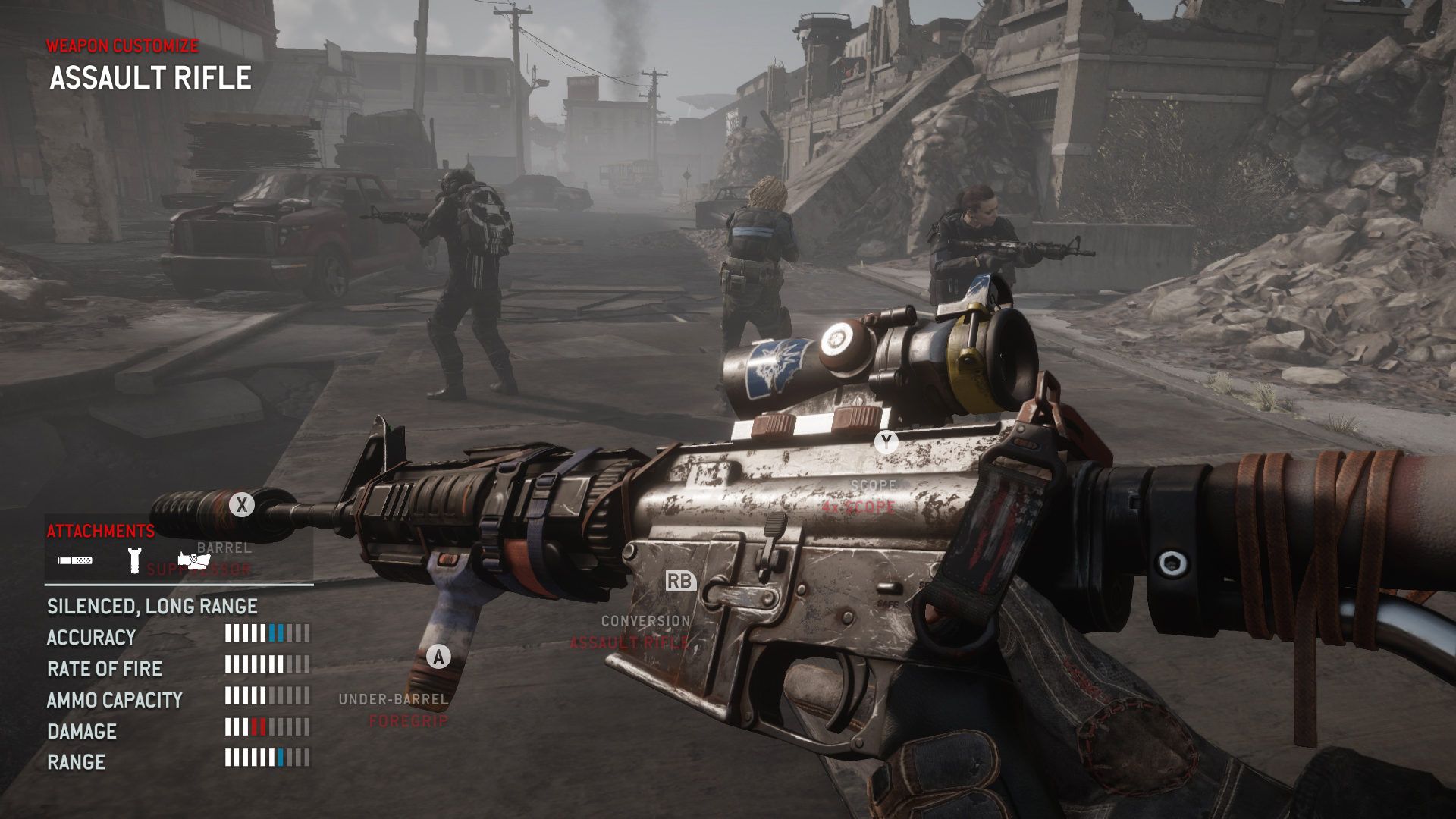
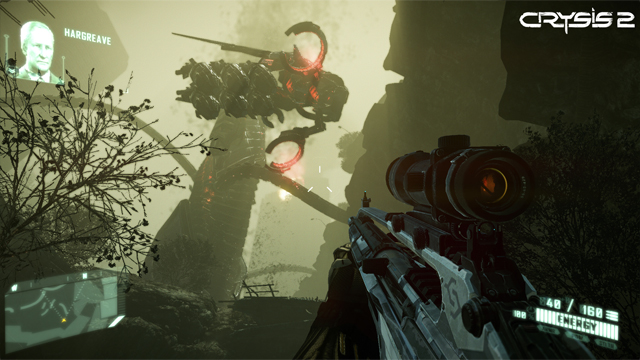
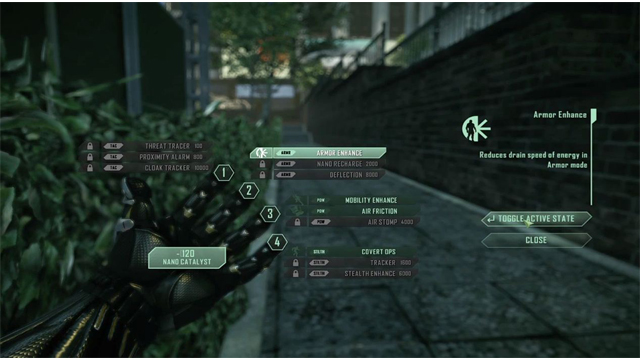
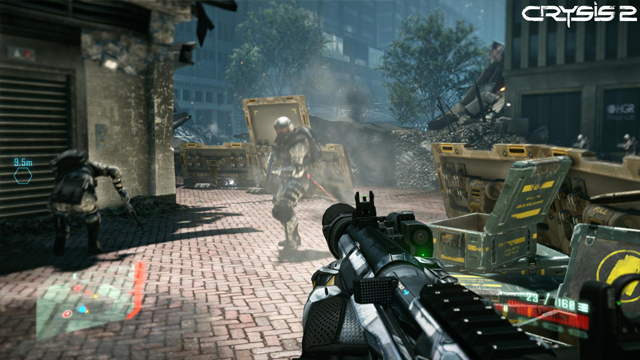
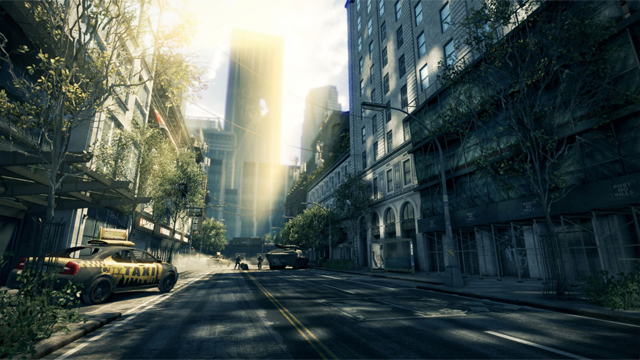
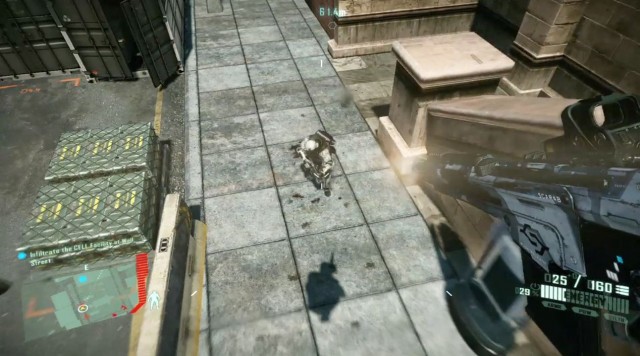

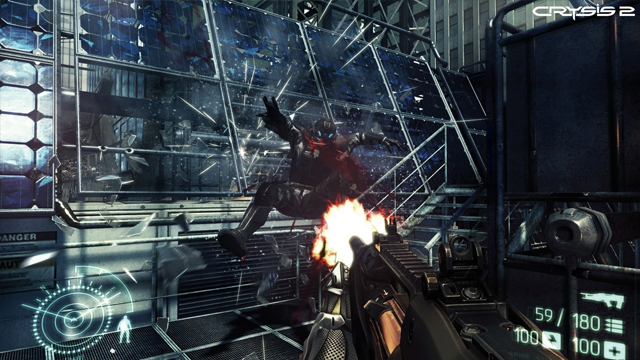

1 Comment